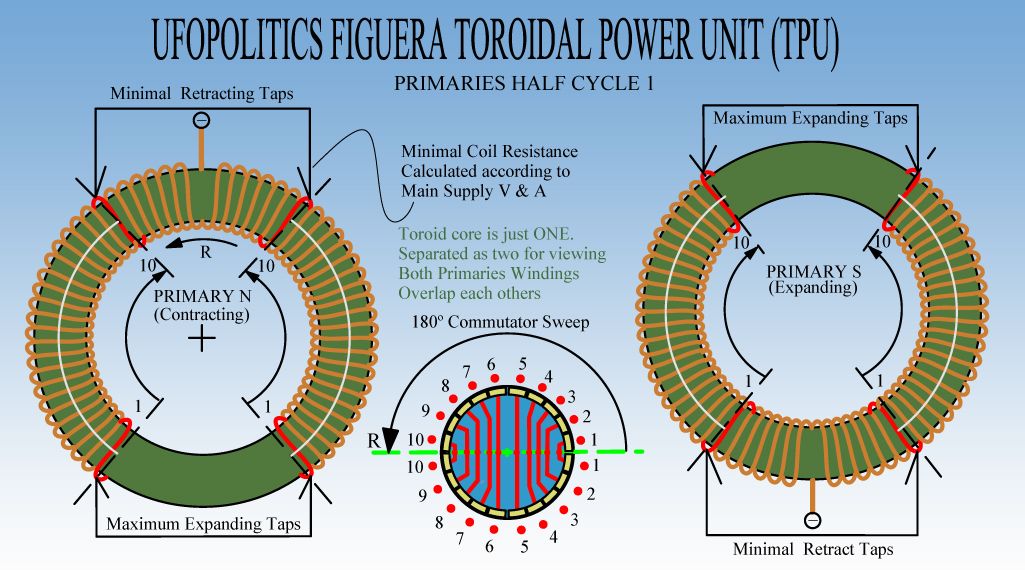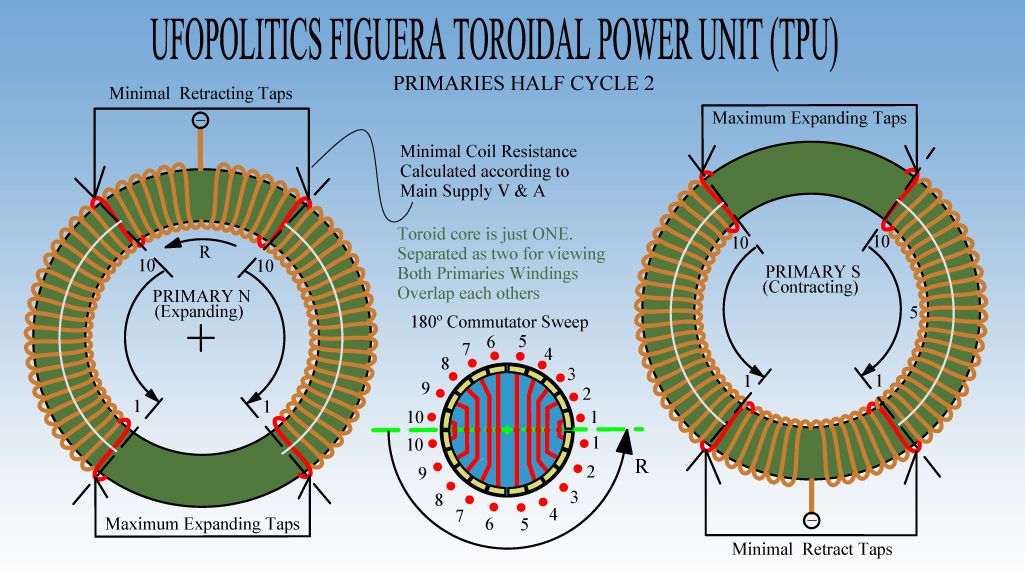Closed vs open
The part G in the diagram appears not to be closed core.
Originally posted by marathonman
View Post










 ...That was just a simple way to copy and paste coils Bistander, to make drawing faster..am still into repulse fields friend.
...That was just a simple way to copy and paste coils Bistander, to make drawing faster..am still into repulse fields friend.
Comment